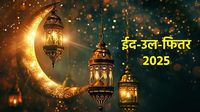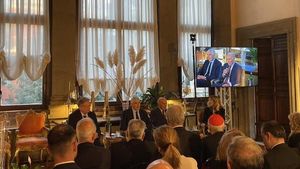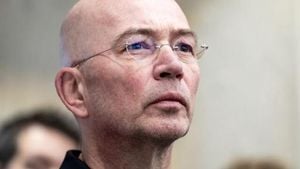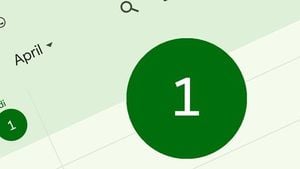As the holy month of Ramadan comes to a close, Muslims across India are eagerly anticipating the celebration of Eid-ul-Fitr, which is set to take place on March 31, 2025. This festival, marking the end of fasting, is celebrated on the first day of Shawwal, the month following Ramadan, and its exact date is determined by the sighting of the moon.
This year, the moon is expected to be sighted on the evening of March 30, 2025, confirming that Eid will be observed the following day. According to the Islamic calendar, Eid-ul-Fitr signifies 'breaking the fast' and is a day filled with joy, gratitude, and community spirit.
Schools across the nation will observe a holiday in honor of Eid. Most regions are expected to close on March 31, with some districts even extending the holiday to include April 1. This is particularly true in areas with significant Muslim populations, such as Uttar Pradesh, where cities like Lucknow, Kanpur, and Agra will see schools shut down for the festivities.
In Delhi, both government and private schools typically observe a mandatory holiday for Eid, ensuring that children can participate in the celebrations. The same is true for Bihar, where holidays for Eid and Bakrid are common, especially in Muslim-majority areas. West Bengal, particularly Kolkata, also sees schools close for Eid, as does Kerala, where the Muslim population is significant.
Jammu and Kashmir celebrates Eid with great enthusiasm, and schools remain closed during this festive period. Major cities in Maharashtra, like Mumbai and Pune, also observe Eid as a public holiday, while Himachal Pradesh has officially declared March 31 as a holiday for Eid, meaning schools will be closed.
On this special day, Muslims gather for communal prayers in mosques and Eidgahs, donning new clothes and sharing traditional meals that often include sweet dishes like Sheer Khurma and Sewaiyan. The day is also marked by the giving of Zakat ul-Fitr, a form of charity intended to ensure that those in need can also partake in the celebrations.
The tradition of Eid-ul-Fitr dates back to the time of Prophet Muhammad, who first celebrated it after the Battle of Badr in 624 AD. This battle was a significant victory for the early Muslims, and the celebration of Eid was established as a way to express gratitude and joy. The Prophet is said to have observed that Muslims deserved two festive days instead of the previous celebrations observed by the people of Medina, leading to the establishment of Eid-ul-Fitr and Eid-ul-Adha.
As the moon sighting approaches, many are sharing wishes and messages to spread joy among friends and family. The festival is a time for forgiveness, unity, and the strengthening of community bonds. People exchange greetings like "Eid Mubarak!" and share gifts known as Eidi with children, enhancing the festive spirit.
In Saudi Arabia, the moon was sighted a day earlier, leading to the celebration of Eid on March 30. This difference is due to the lunar calendar's nature, where the Islamic month can either have 29 or 30 days. As a result, Saudi Arabia often celebrates Eid a day before India and Pakistan.
As the evening of March 30 draws near, all eyes are on the sky, waiting for the first glimpse of the moon that will signal the start of Eid celebrations in India. The anticipation is palpable as families prepare for the joyous occasion, reflecting on the spiritual significance of Ramadan and the communal joy that Eid brings.
In conclusion, Eid-ul-Fitr is not just a festival of breaking the fast; it is a celebration of community, love, and gratitude. As families gather to pray, feast, and share their blessings, the essence of Eid is felt in the hearts of millions across the nation.








